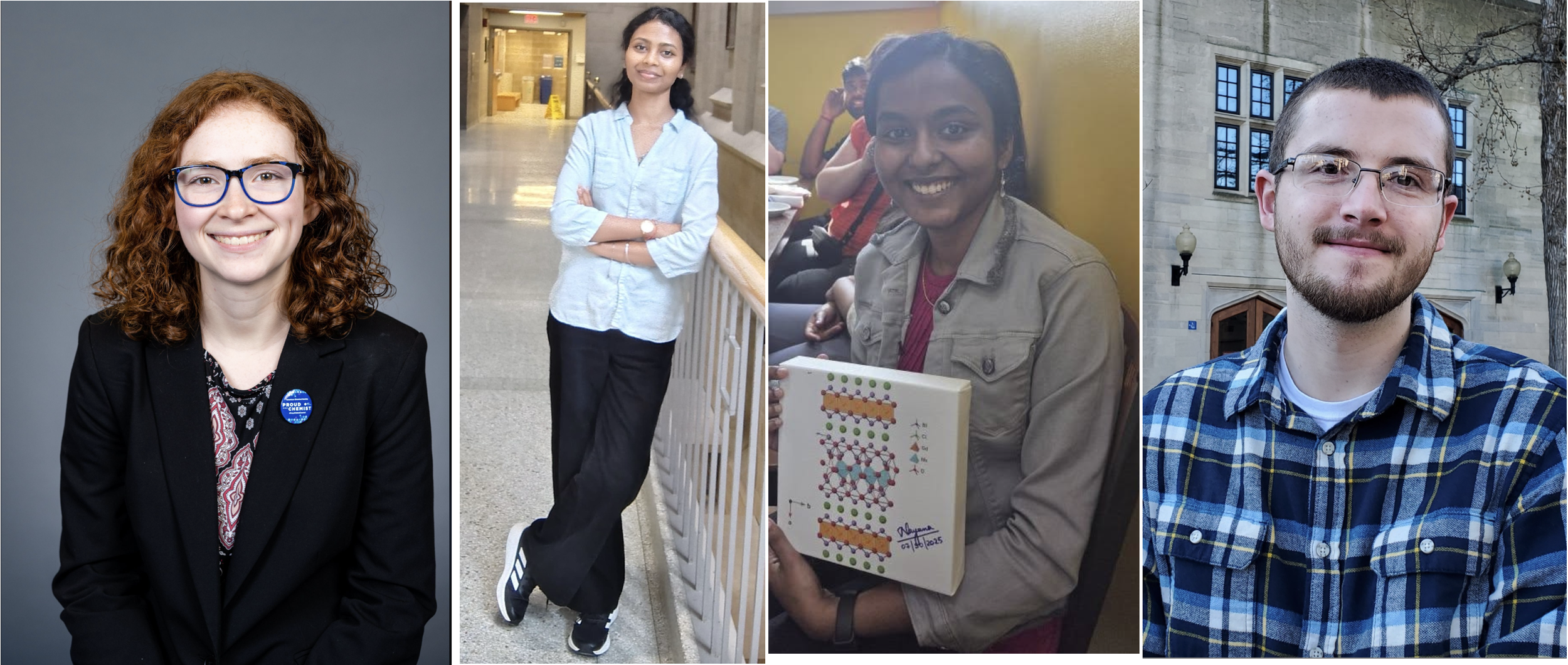
Happy to share that Sara Skrabalak and myself have been awarded a new NSF DMR Solid State Chemistry grant for our collaborative project on photoluminescent oxyhalides with bismuth lone pairs! 🎉

Happy to share that Sara Skrabalak and myself have been awarded a new NSF DMR Solid State Chemistry grant for our collaborative project on photoluminescent oxyhalides with bismuth lone pairs! 🎉
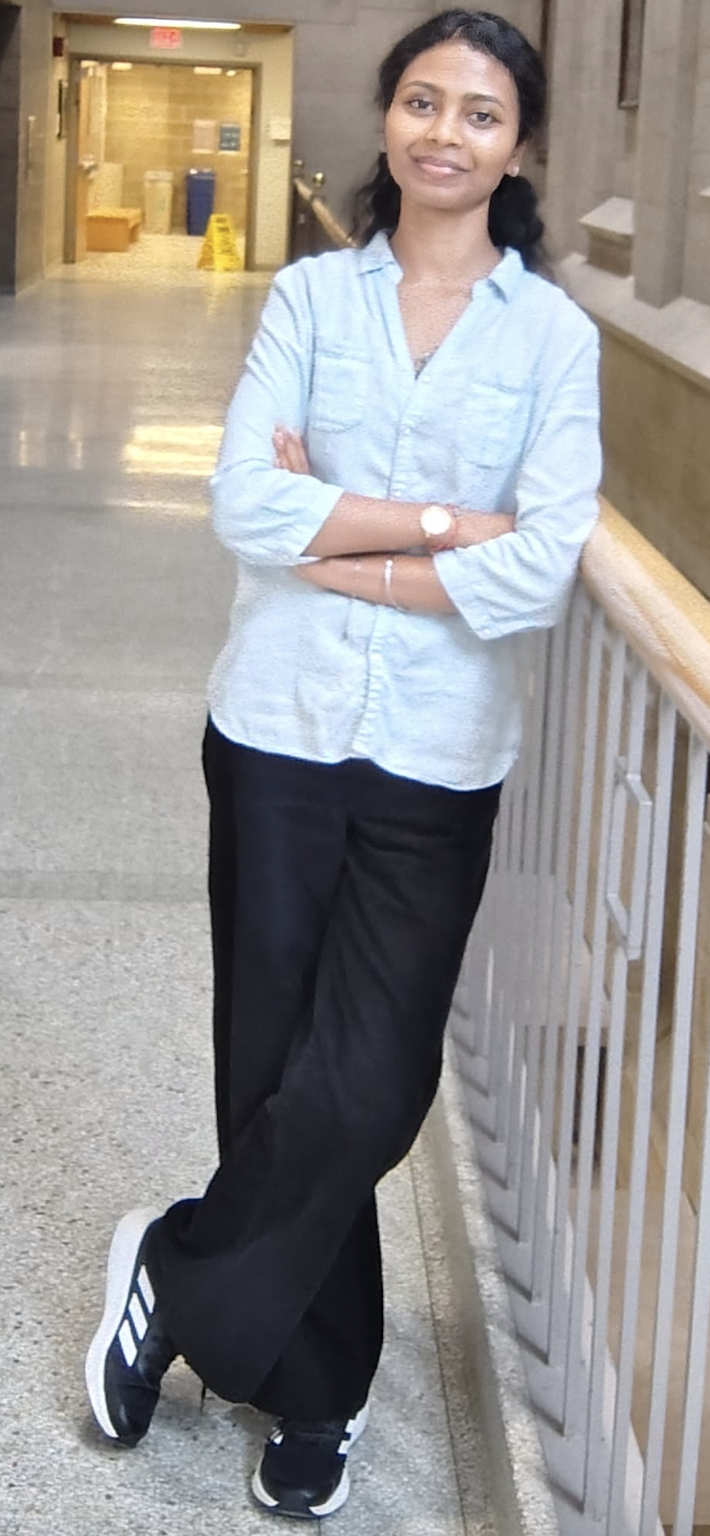
Varsha Attends IEEE Ferroschool at Oak Ridge National Labs
Congratulations (again) to Varsha for being accepted and attending the IEEE Ferroschool at Oak Ridge National Labs. She is learning about a wide range of theoretical, experimental and AI-related tools for ferroelectric & polar materials study and discovery. We can’t wait to hear what she will learn.

We congratulate Varsha for her multiple awards this year. These include a first prize for best student presentation at the Electronic Materials and Applications conference in February in Denver, a teaching award from the department for teaching with Alex this year, and a Kindig Fellowship that will help support her research during the third year of her Ph.D.

Congratulations Emily and Good Luck at Princeton
Congratulations Emily! Emily is the first undergraduate student to graduate from our group. She did a remarkable amount of work of high complexity during her time in the group, including the first paper accurately modeling lone pairs in a solid using Wannier functions. We will miss her high energy and kindness, and wish her good luck during her Ph.D at Princeton.
Group Trip to Electronic Materials And Applications – Denver, 2025
Awesome work Emily, Bipasa, Varsha and Carina presenting your work at the Electronic Materials & Applications (EMA) conference in Denver last week, part of ACerS (American Ceramics Society)! And congratulations Varsha for winning 1st place for the best student presentation award for the entire conference!
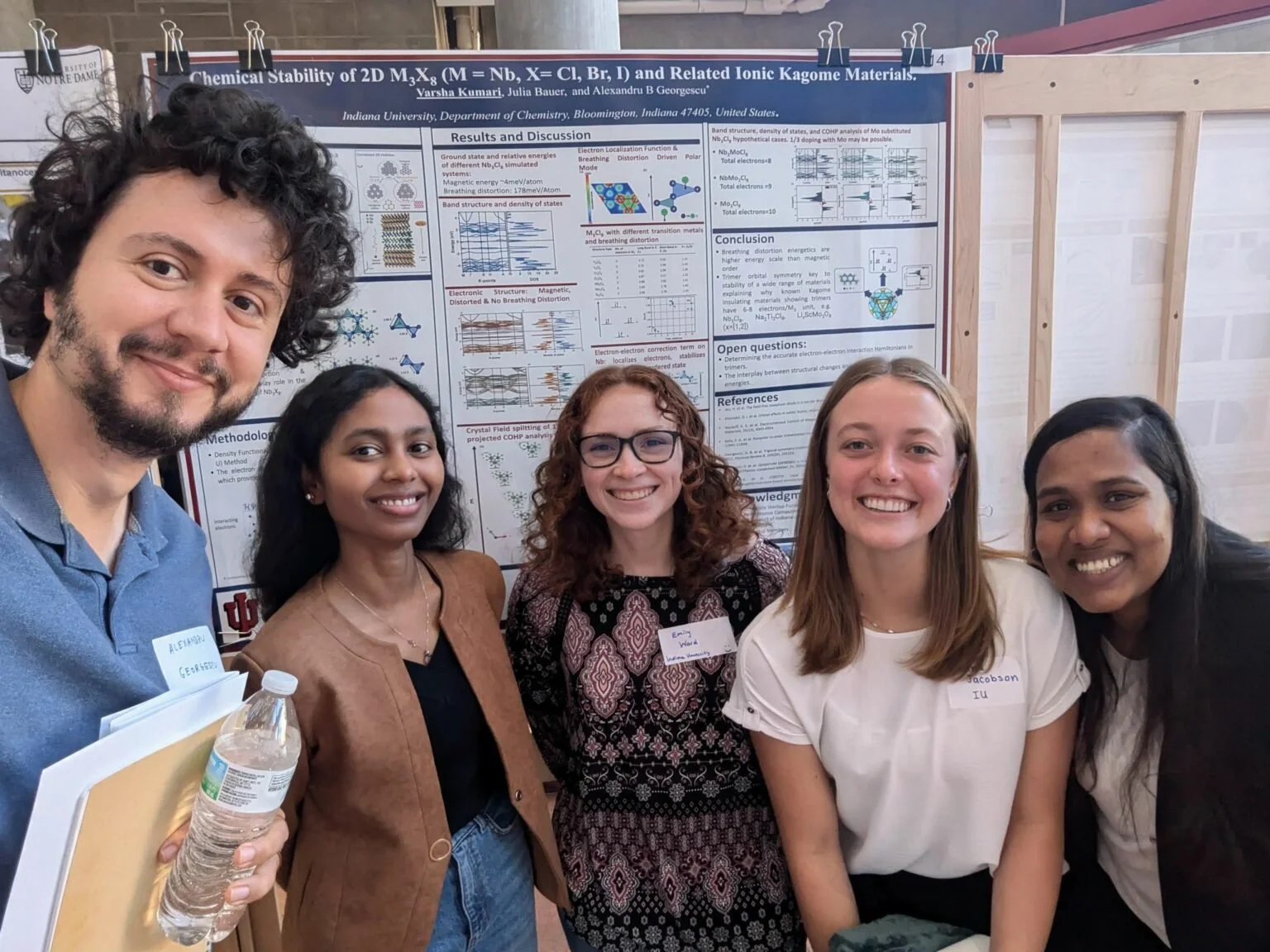
Group Member Presentations at Conferences In November
Our group members presented at multiple conferences this Fall! In November, Varsha, Emily, Carina and Bipasa all presented their posters at PINDU (see picture above), the Purdue, Indiana and Notre Dame inorganic chemistry conference.
Our group made Indiana University news! Partially because we are the third biggest users of our computing resources, particularly the top 300 supercomputer BigRed200: https://news.iu.edu/it/live/news/43255-iu-chemistry-harnesses-advanced-computing-capabilities

We welcome Md. Rajbanul Akhond as the newest member of the group! He comes to us from BUET (Bangladesh University of Engineering and Technology) where he received a master’s and bachelor’s degree in Materials and Metallurgical Engineering!
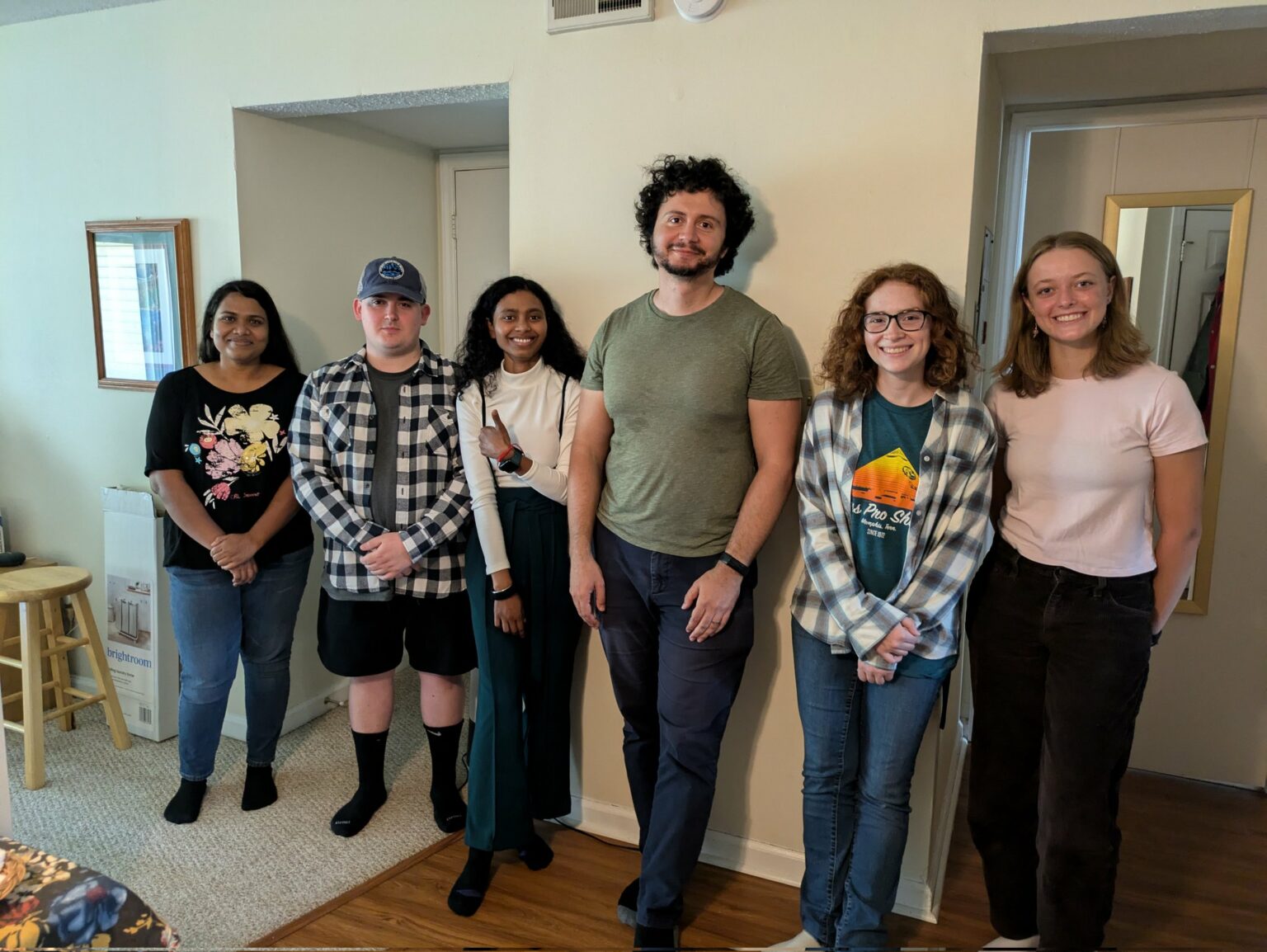
We had a great summer discovering cool stuff, so we celebrated it a bit with an end of summer dinner! From left to right: Bipasa, Nick, Varsha, Alex, Emily and Carina.
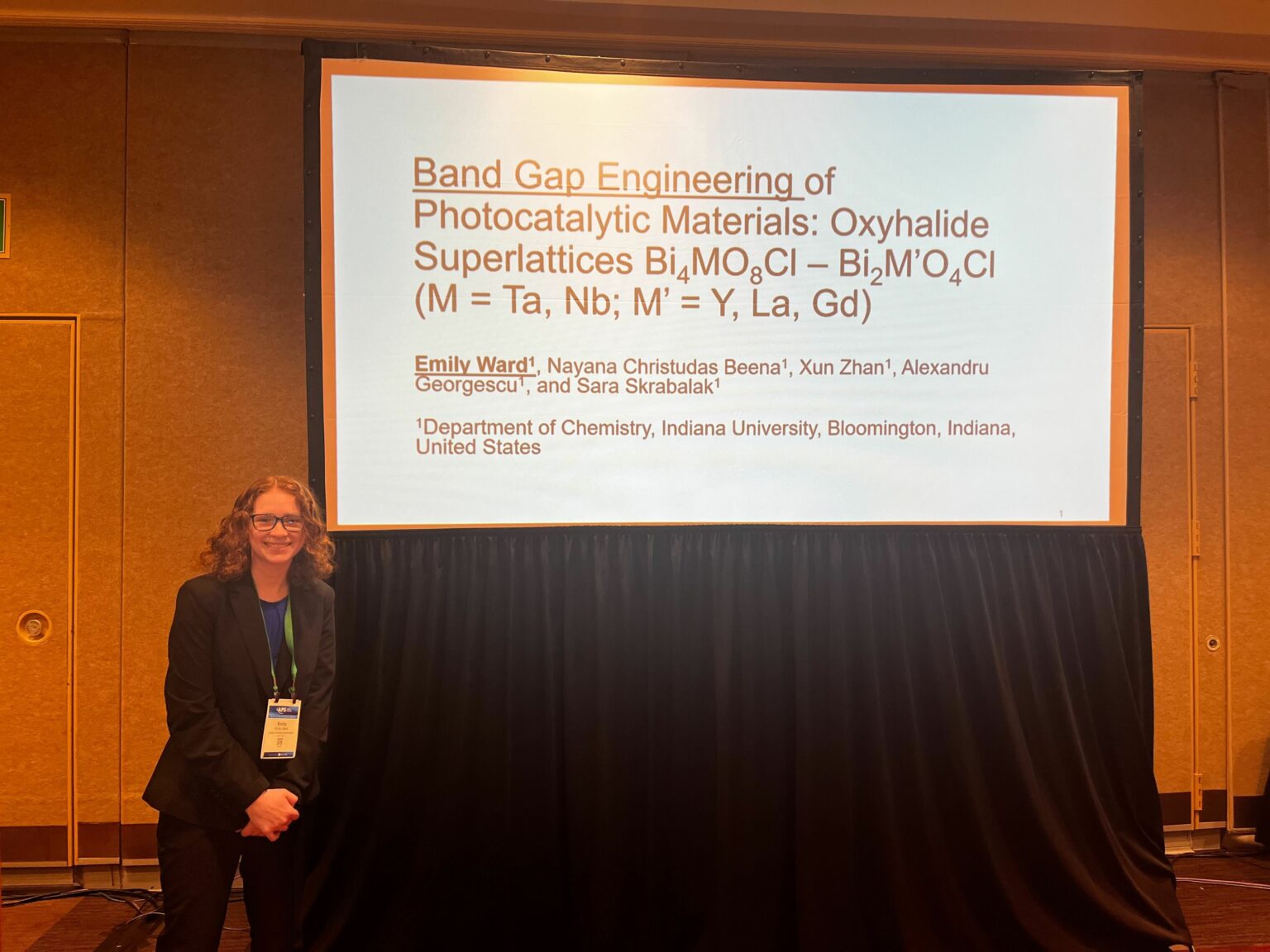
Congratulations Emily Ward for her ACS Inorganic Chemistry award!
Congratulations Emily Ward, one of the undergraduate students in our group, who received an ACS Inorganic Chemistry award as a result of her nomination by Indiana University! In the picture above, she is presenting her work in our group and the Skrabalak group at the APS March meeting in 2024.

Welcoming Prof. Ho Viet Thang as a Visiting Scholar
We welcome Prof Ho Viet Thang, who will join our group in August for three months as a Visiting Scholar through the USAID Vietnam Partnership for Higher Education Reform! He is currently Assoc Prof and Vice Dean in the Faculty of Chemical Engineering at the University of Science and Technology at the University of Danang.
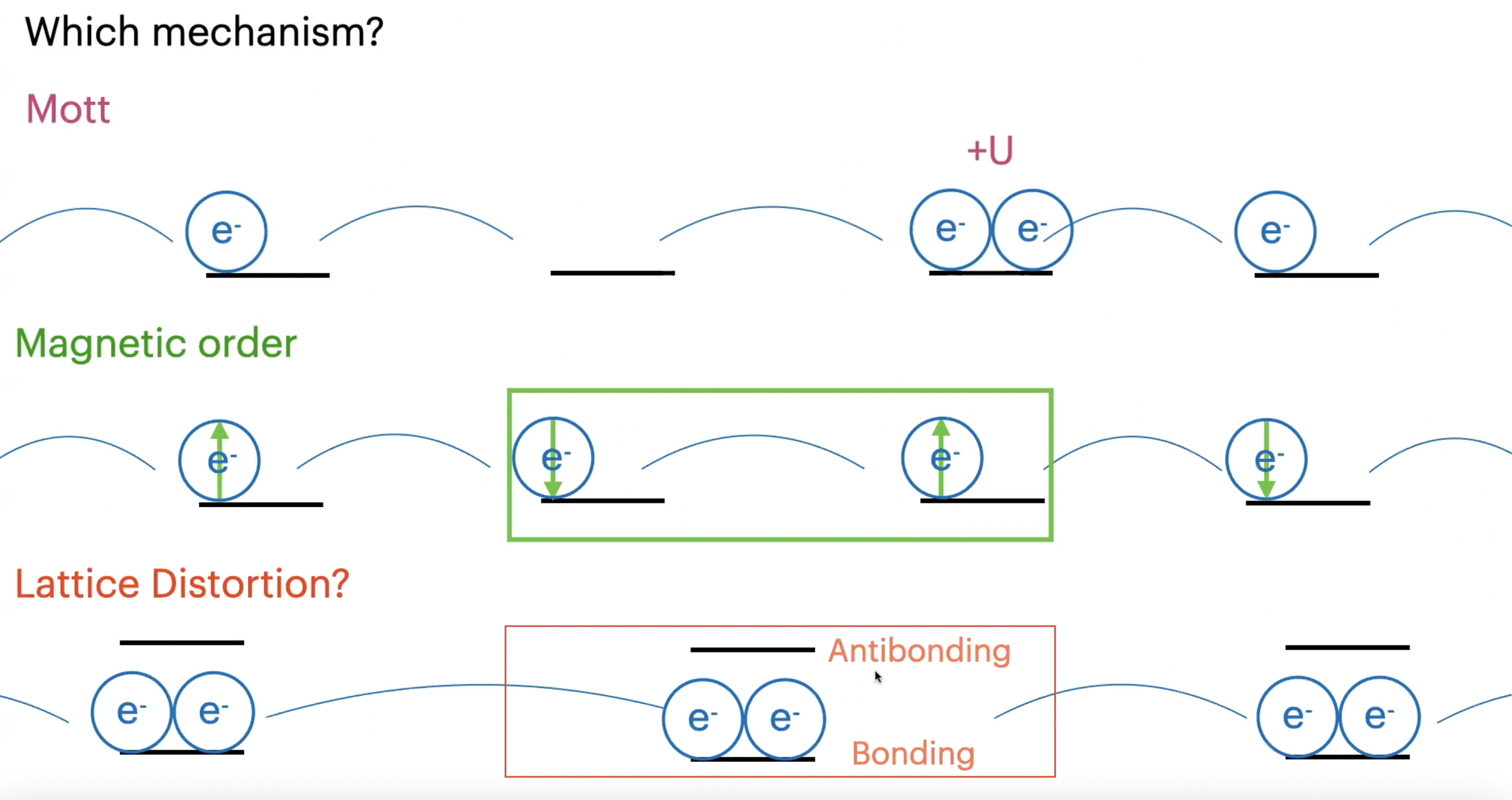
An Introduction to Correlated Electron Materials - YouTube video
I’ve made this introductory video for people who are interested in correlated electron materials and are either new to the field or may want to learn something new. I cover things ranging from Jahn-Teller and trigonal distortions, Peierls distortion, band renormalization in correlated metals and the importance of beyond-Density Functional Theory methods, spin frustration, and so on. This is the result of A LOT of work, and I’ve found both new students, and some experienced scientists who might not be familiar to one aspect or another of the phenomenology presented here have found it interesting. So, please enjoy: https://www.youtube.com/watch?v=sp_f8UlVJOE
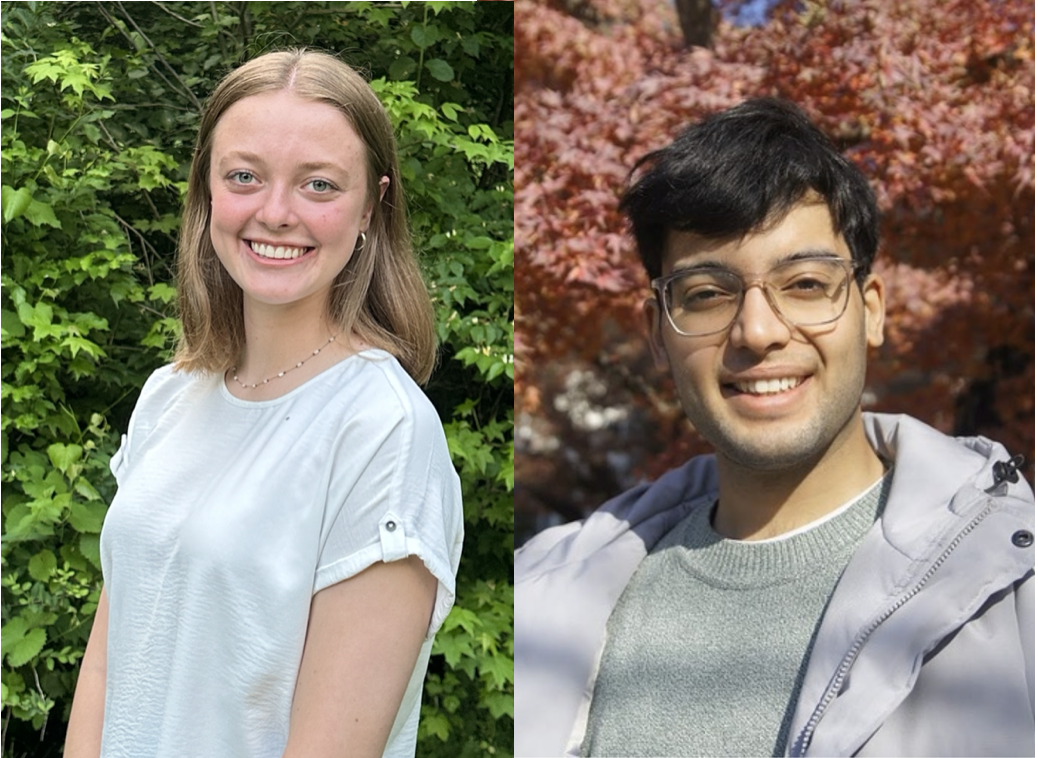
Welcome Carina Jacobson and Harshul Bhatt
We welcome Carina Jacobson and Harshul Bhatt to our group, both undergraduate students! Carina is currently majoring in Math at Purdue University, while Harshul is majoring in Engineering Physics at IIT Bombay and is joining us through the IU Bloomington – IIT Bombay summer program.

It was nice giving my talk at the MRS Spring Meeting, and talking about metal-insulator transitions with other scientists who work on oxides! Some pictures of the invited speakers and organizers at the dinner and their names below.

Emily Ward’s first talk at a national conference (APS March Meeting)
Congratulations Emily for her first talk at a major conference at the American Physical Society’s March Meeting! Emily presented her – very well received – joint theoretical work in our group and experimental work in the Skrabalak group.

PARADIM Johns Hopkins University/Cornell University Summer School Talk
You can now watch the PARADIM Summer School talk I gave online at Johns Hopkins University. The goal with this talk was to introduce students to concepts they may need to understand the literature in the field of correlated electron materials, with a focus on superconductors, particularly cuprate and nickelate based ones; I discuss topics including what correlated electron materials are, Jahn-Teller distortions, different types of orbital models, and introduce in a non-technical way how to read a dynamical mean field theory paper and its spectral functions, and what a self-energy is.
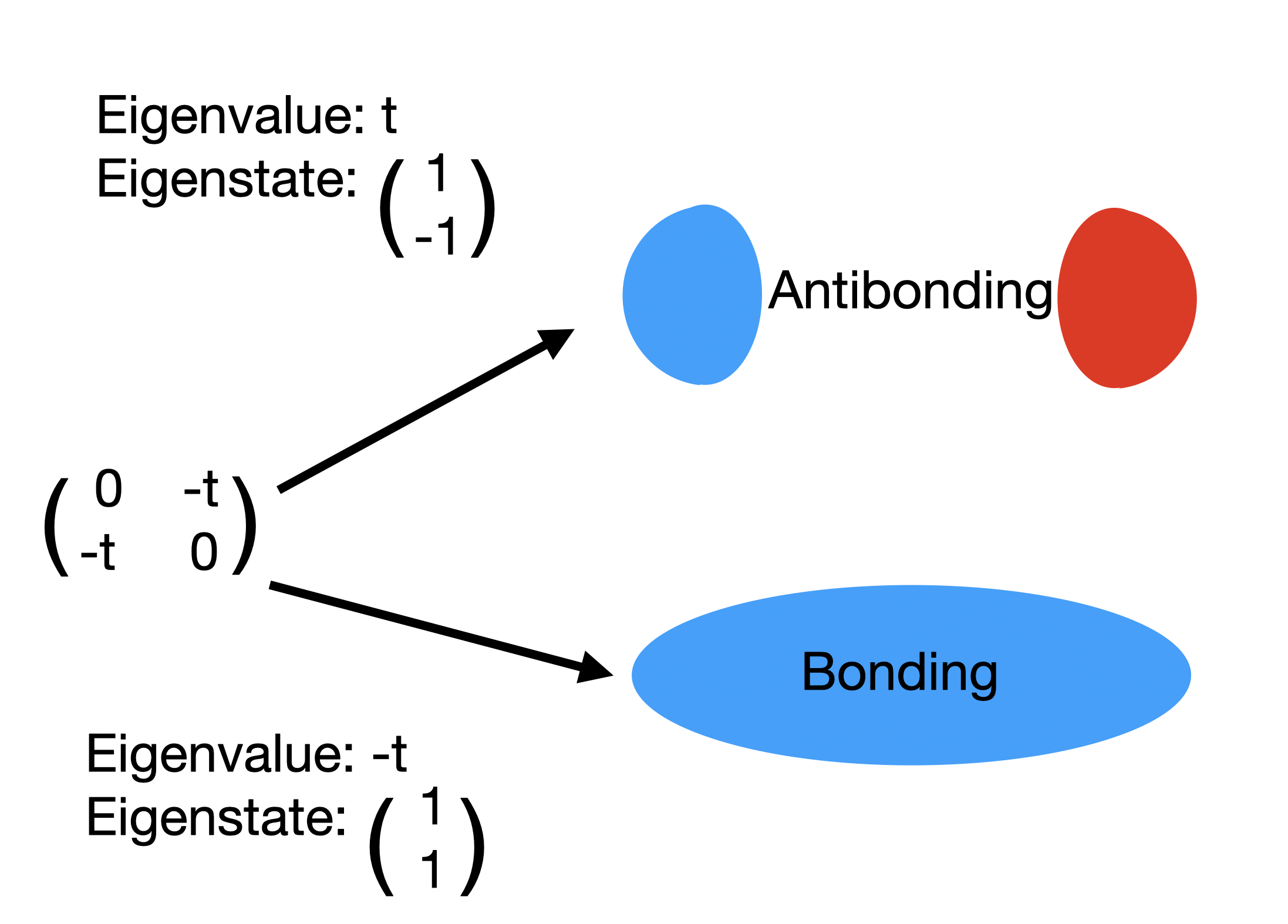
Chemical Bonding Concepts in Solids
I was recently reading Nobel Chemistry laureate, Roald Hoffman’s, really nice book on bonding in solids and thought that the explanations for certain concepts (like Peierls distortion and Bloch wavefunctions) are so much clearer than the way I was taught in physics, and also make it easier for me to teach. So I decided to make this video, introducing some useful concepts from this book as well as that I use in my work on a regular basis, such as antibonding orbitals, p-d models and Wannier models.
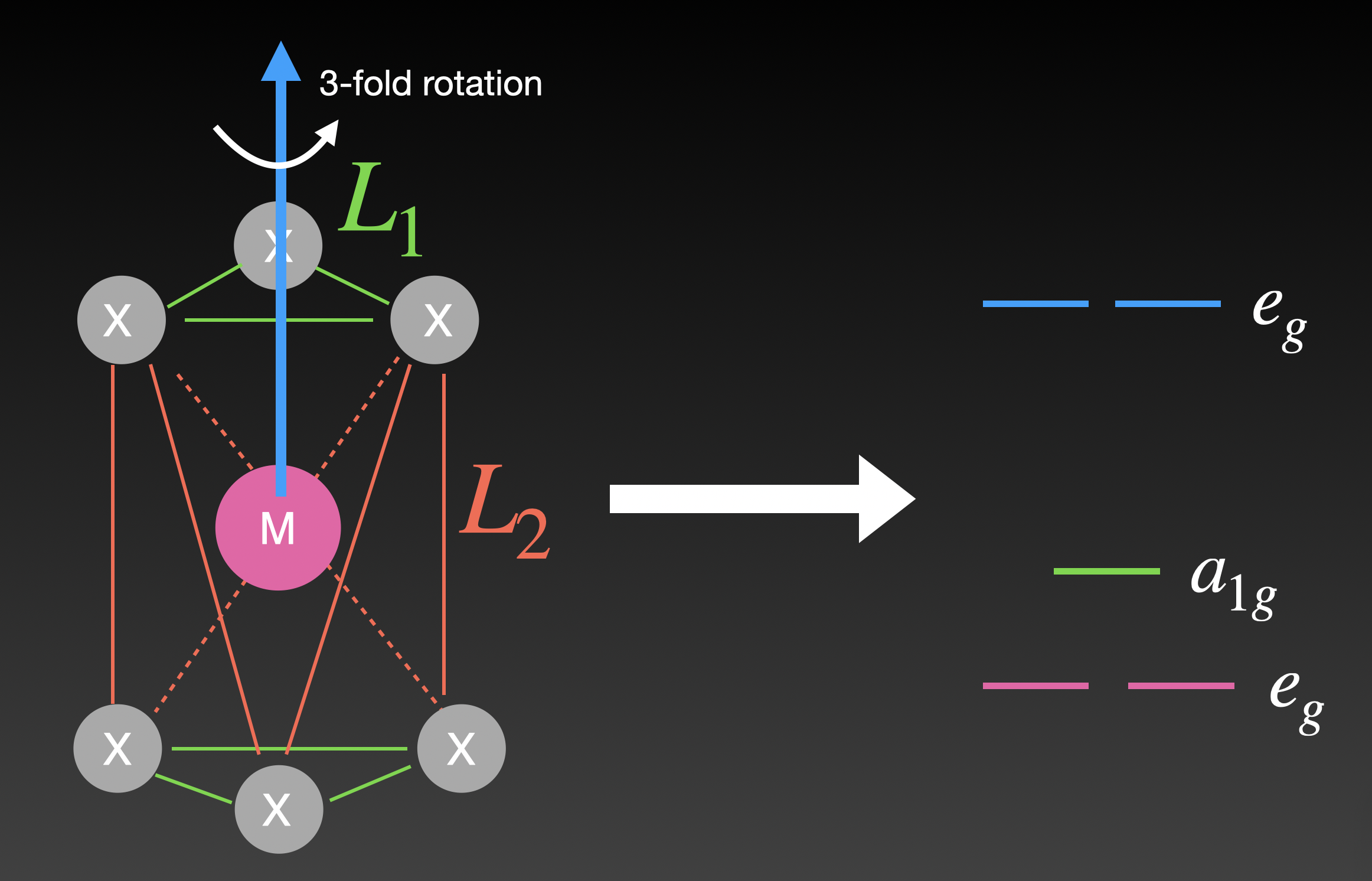
Trigonal Symmetry and its Electronic Effects in 2D Halides and Other Materials
This paper is now published in PRB. One of the difficulties I’ve found in the literature when looking at transition metal halides and dihalides, was to understand what mechanism makes these materials insulating: it’s pretty hard to understand why a 3-fold degenerate t2g orbital basis would lead to an insulating material, for an orbital filling of 1, 2, 4, 5. This is the model many people work with, however, and the result are often fancy explanations for pretty simple behavior.